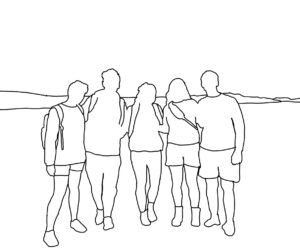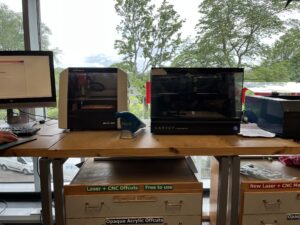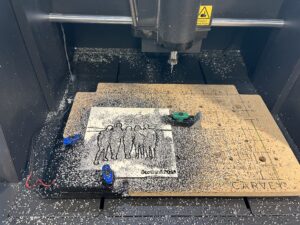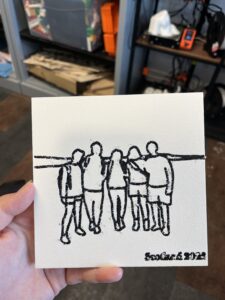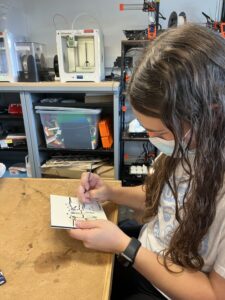During our time in Edinburgh, our class had the opportunity to attend two conferences put on by the Global Health Governance Programme, which is based at the university and headed by Professor Devi Sridhar. On Wednesday, June 22nd we attended the Covid Research Workshop followed by the Sustainability Workshop the next day. The former featured three speaker sessions, followed by a lunch break and a panel. During these sessions, topics were covered such as Long Covid, Community Health Workers, and Antimicrobial Resistance. I really enjoyed these sessions as I felt they covered sort of unexplored, less popular topics associated with the pandemic that I hadn’t really thought about and pointed out crucial gaps in the healthcare system in the UK and the rest of the world. For instance, Dr. Cervantes Wild talked to us about the impact of long covid, and sort of how we weren’t really prepared for it and still haven’t responded appropriately. I hadn’t considered how unprepared the UK and U.S healthcare systems were for long-term impacts like this from the pandemic and her presentation provoked my thoughts about how this could be improved.
The second conference, focused on sustainability, was extremely interesting, but sort of left me feeling apprehensive about our future. Dr. Moritz Kuenel’s work was particularly striking to me. His team turned garbage into fuel! It was really fascinating to learn about this process and about his plans for its application. However, he did acknowledge it wasn’t really planned to be used widely. Jane Hopton, the Programme Director and Sustainability Lead for NHS Lothian, described some of her experiences in her position and discussed the policy side of things regarding sustainability and the pandemic as well. One story of hers in particular stuck with me. She explained how it took her 3 months in her role to implement an extremely minor change in practice toward being more sustainable. She assured us not to feel hopeless by this story, and seemed to practice celebrating the small steps because that’s what you have to do. However, for some reason I couldn’t help but continue thinking about it. I do feel scared about the future of healthcare and the planet, and it is somewhat disheartening to hear stories like that. However, it did give me a sense of realistically, what healthcare design and operation looks like. As much as we can talk about all these great ideas, putting them into fruition in the real world is much more challenging. Overall, I really did enjoy getting to hear from the experts and meeting Devi was wonderful as well.


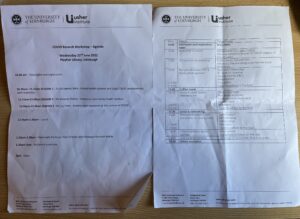
The beautiful Playfair Library where the conferences were held! Conference Agendas

